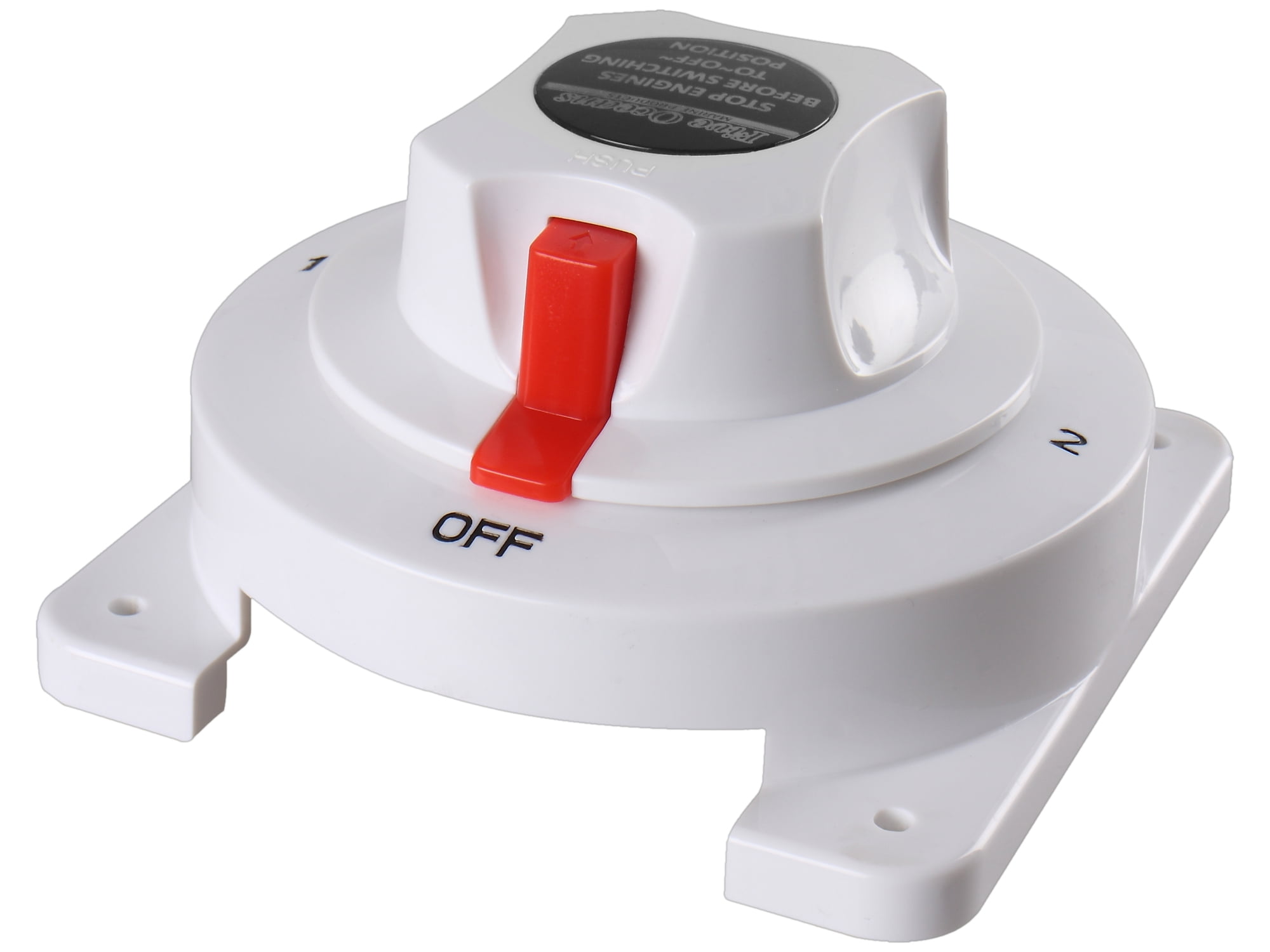


By using diodes to allow current to flow only in one direction, a battery isolator prevents a fully charges main battery from passing current to a partially charged auxiliary battery.Ĭurrent can flow from the alternator to both batteries but cannot flow from the vehicle battery to loads in the vehicle. The isolator's role is to allow the alternator to assist with charging the primary battery, while at the same time not allowing other loads in the charging system to drain the primary battery. Regardless of how many batteries are available, the current flow from one battery to another will continue until all batteries in the electrical system reach the same charge level and may prevent the engine from starting.Ī battery isolator can eliminate the problem of battery drain all together. The current in the fully charged battery will drain to the less-charged battery, until both reach a common lower charge level, or even worse, discharge completely. This arrangement can present a problem when a fully charged battery is connected to a partially discharged or dead battery. Many 12-volt electrical systems rely on at least one battery to start the engine and another to power accessories. Generally built with diodes, isolators ensure that charge is evenly distributed between multiple batteries and the alternator. Despite seeming very similar, however, they function in different ways.īattery isolators are best seen as the distribution point of an automotive electrical system. Managing multiple batteries is where battery isolators and separators come into play. However, simply wiring extra batteries into a vehicle’s electrical system can allow auxiliary batteries to drain power from the main battery, inhibiting engine starting and other essential functions. For these applications, having a multiple battery system is essential. The addition of electrical loads such as lights, entertainment systems, communications equipment and other accessories continue to draw power when the engine is off. However, this requires balancing the needs of the battery against those of the electrical system.

If placed in linear sequence between each battery the isolator units can provide proper charging for several batteries in a multiple battery setup such as in larger boats that may have 2 or more house batteries.Controlling parasitic loads (battery drain) and properly distributing electrical power is crucial to keeping vehicles working. This prevents problems that may result from your charging source being too low in amps to charge all batteries at once. The advanced technology always insures that the first battery is fully charged (13.4v) before connection is made to the second battery. a battery charger is connected to the auxiliary battery the relay will engage and charge both batteries. If either battery is receiving a charge, e.g. The smart isolator is also “Dual Sensing” which senses the charge of both batteries. The small size and rugged construction of these units allow for quick simple installation for even the most novice DIYer. These units can be installed between batteries with a common ground to automatically control the charging process to the batteries but continue to provide isolation when a charging source is unavailable. A smart battery isolator is the ultra-simple and most technologically advanced method of automatic battery isolation.


 0 kommentar(er)
0 kommentar(er)
